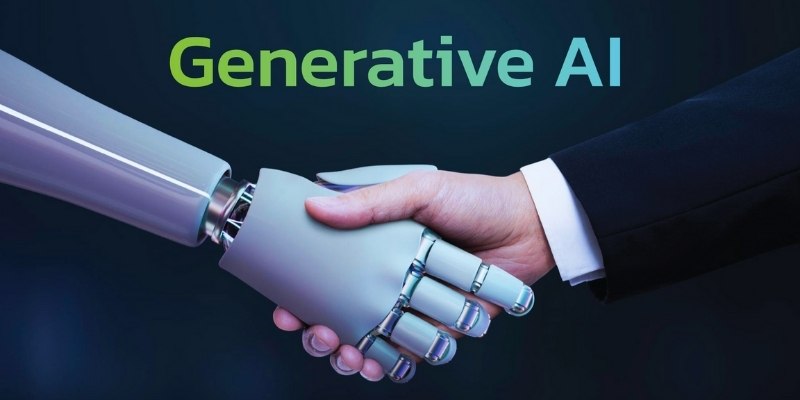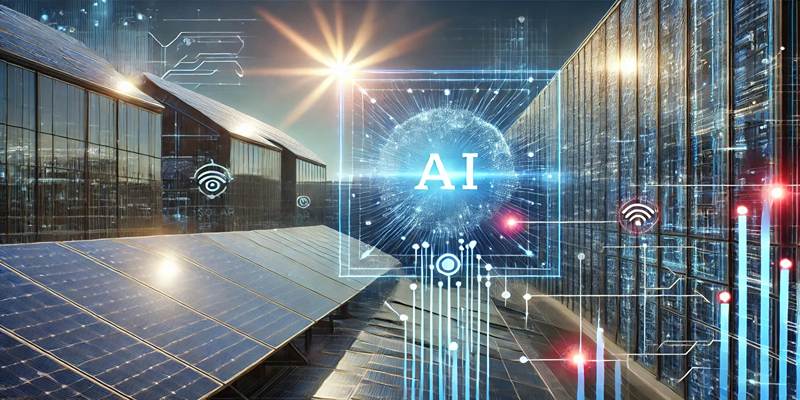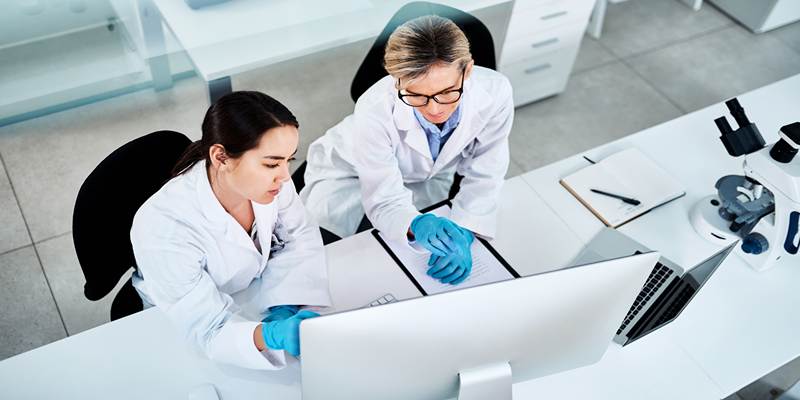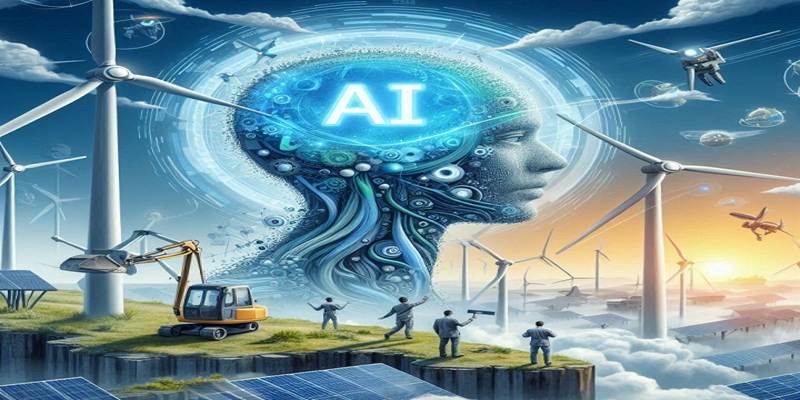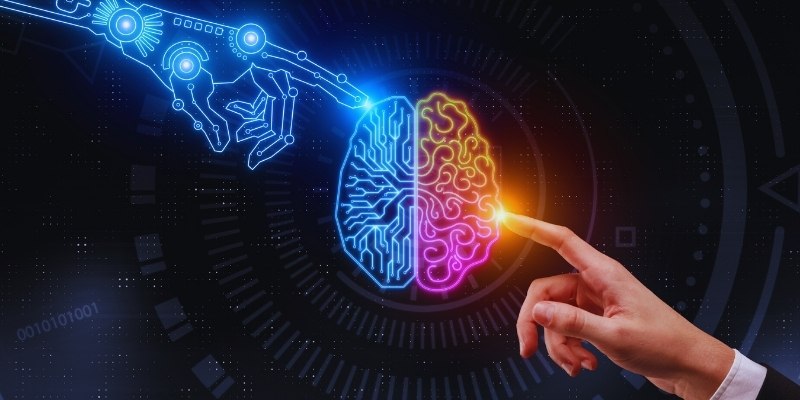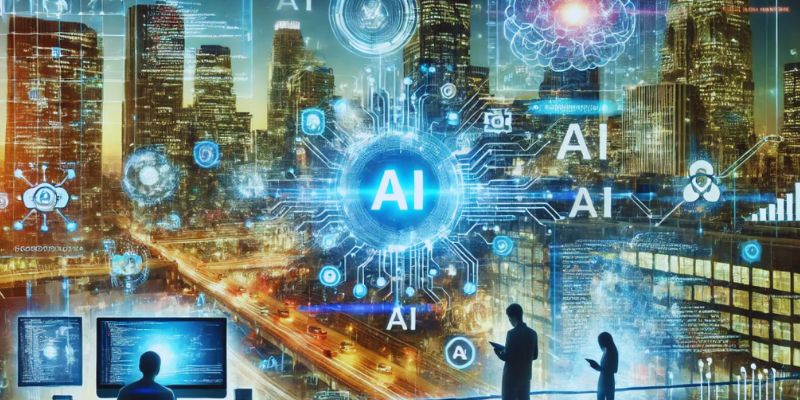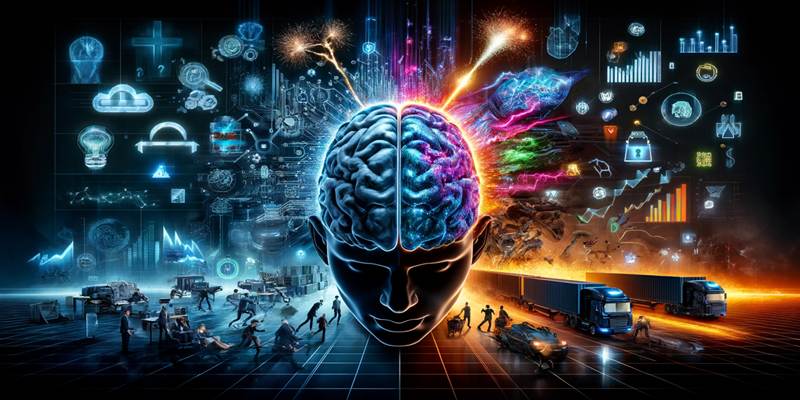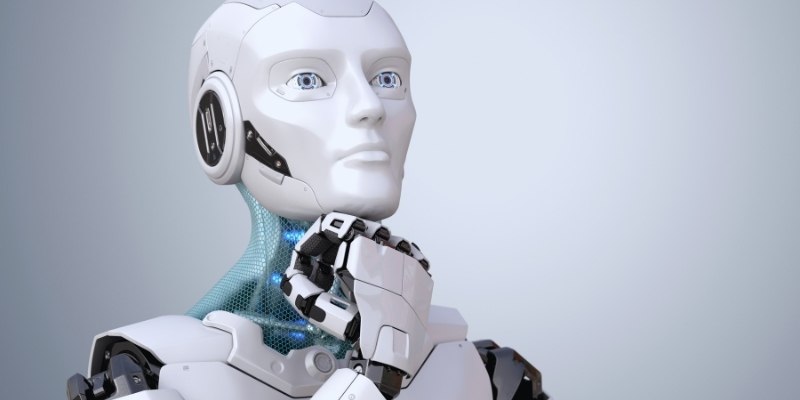Making humanoid robots associate with people more naturally has always been a big problem in the field of robotics. For robots to work well in places where people are, they need to be able to learn and adapt to how people act. Georgia Tech has made a big step forward in this field. A PhD student there is training humanoid robots to see, learn, and connect with the world in a more human-like way using Project Aria Research Glasses, which is cutting-edge technology.
Project Aria is a research initiative developed by Facebook’s Reality Labs, designed to collect data about human behavior and interactions in real-world settings. By combining advanced sensors and cameras, Project Aria records environmental data, such as what a person sees and hears, helping machines better understand human activities and behaviors. This post will explore how Project Aria Glasses are being used by Georgia Tech researchers and the impact this research will have on the future of humanoid robots.
Understanding Project Aria Glasses
Before delving into the specifics of how Project Aria helps in humanoid robot training, let’s first understand what these glasses are and how they work. Project Aria Glasses are essentially wearable research tools equipped with multiple sensors, cameras, and microphones. These glasses capture real-time information about the user’s environment and provide valuable insights into how people interact with their surroundings.
Key Features of Project Aria Glasses:
- Wearable Technology: Project Aria is meant to be worn by researchers to record how people connect in natural settings.
- Sensors and Cameras: The glasses come with advanced cameras that record both visual and auditory data, helping to create a comprehensive dataset of how humans perceive the world.
- Real-Time Data Collection: It collects data continuously and in real-time, which is crucial for training AI systems that require large amounts of contextual information.
These features allow robots and AI systems to better interpret human actions, behaviors, and surroundings, which is crucial when programming robots to understand complex tasks.
How Project Aria Enhances Humanoid Robot Training
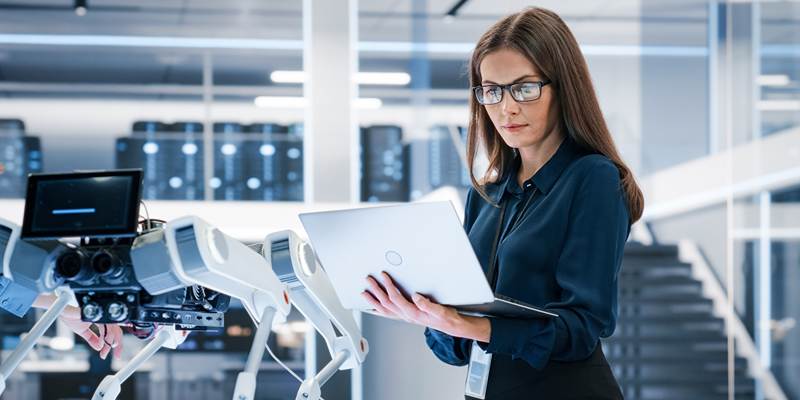
Humanoid robots are designed to mimic human actions and behaviors. However, replicating human-like interaction is far from simple. Humans naturally use context, prior knowledge, and sensory data to understand the world and perform tasks. For robots to be effective in human environments, they must be able to do the same.
Project Aria Glasses is instrumental in helping researchers bridge this gap. By providing detailed, real-time data from human perspectives, these glasses allow humanoid robots to learn from actual human actions and behaviors. The process involves several key aspects:
Real-World Data Collection
The core benefit of Project Aria is the real-world data it collects. Humanoid robots rely on machine learning and AI to improve their understanding of tasks, but without real-world data, their learning capabilities are limited. By using the glasses, researchers at Georgia Tech can capture human actions and interactions in everyday environments.
Enhanced Human-Robot Interaction
For humanoid robots to function alongside humans in real-world environments, they need to understand how people behave in different contexts. The Project Aria glasses help robots gather insights into how humans use objects, communicate non-verbally, and interact in a variety of settings.
Improved Object Recognition
Humanoid robots need to recognize objects and understand their functions. The visual data collected by Project Aria helps robots identify objects based on context—such as recognizing a coffee cup when a person is sitting at a table or identifying a tool when it's held in a person's hand. This visual understanding is crucial for tasks where robots need to assist humans, such as in healthcare or service industries.
Impact on Robotics and Future Potential
The work being done at Georgia Tech with Project Aria Glasses is a significant step toward advancing humanoid robotics. By providing robots with access to real-world data, researchers can teach them to behave in ways that are more human-like, intuitive, and adaptable.
Key Benefits:
- Better Human-Robot Collaboration: As humanoid robots become more skilled at understanding human actions, they will be able to assist people in more complex, dynamic environments, including healthcare settings and customer service.
- Personalized Human Interaction: As robots learn to interpret human behaviors more accurately, they can provide more personalized and effective interactions, making them valuable in settings such as personal assistance, elder care, and education.
Future Prospects:
- Healthcare Assistance: Robots trained using Project Aria could become valuable companions in healthcare settings, offering help with daily tasks, monitoring patient conditions, or providing emotional support.
- Industrial Applications: Humanoid robots could be used in industrial environments where human-like precision is needed to perform tasks, such as in manufacturing or logistics.
- Smart Home Integration: The technology could eventually be integrated into smart homes, allowing humanoid robots to interact seamlessly with household appliances and assist with various tasks.
The Role of Georgia Tech in Advancing Robotics Research
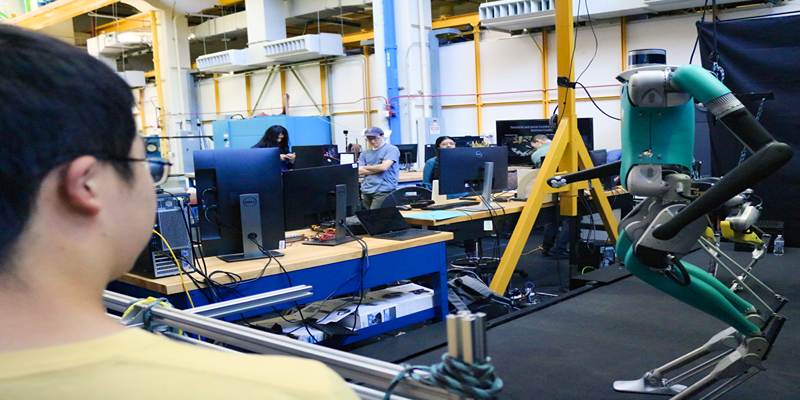
Georgia Tech has been at the forefront of robotics research, and the use of Project Aria Glasses is just one example of how the university is pushing the boundaries of what robots can achieve. The institution’s robotics lab focuses on developing innovative solutions that address real-world problems by combining engineering, AI, and human-robot interaction.
The PhD student leading this research is part of a team that’s dedicated to pushing the limits of robotic capabilities. Through collaborative efforts with other universities and research institutions, Georgia Tech is contributing to the broader field of robotics, helping to pave the way for more advanced humanoid robots.
Conclusion
The use of Project Aria Glasses by Georgia Tech researchers marks an exciting development in the field of robotics. By collecting real-time, real-world data, these glasses enable humanoid robots to learn and adapt to human behaviors more effectively. As this research progresses, you can expect to see robots that are more intuitive, capable, and autonomous, capable of transforming industries like healthcare, manufacturing, and service. As humanoid robots continue to evolve, their integration into human environments will become increasingly seamless.
